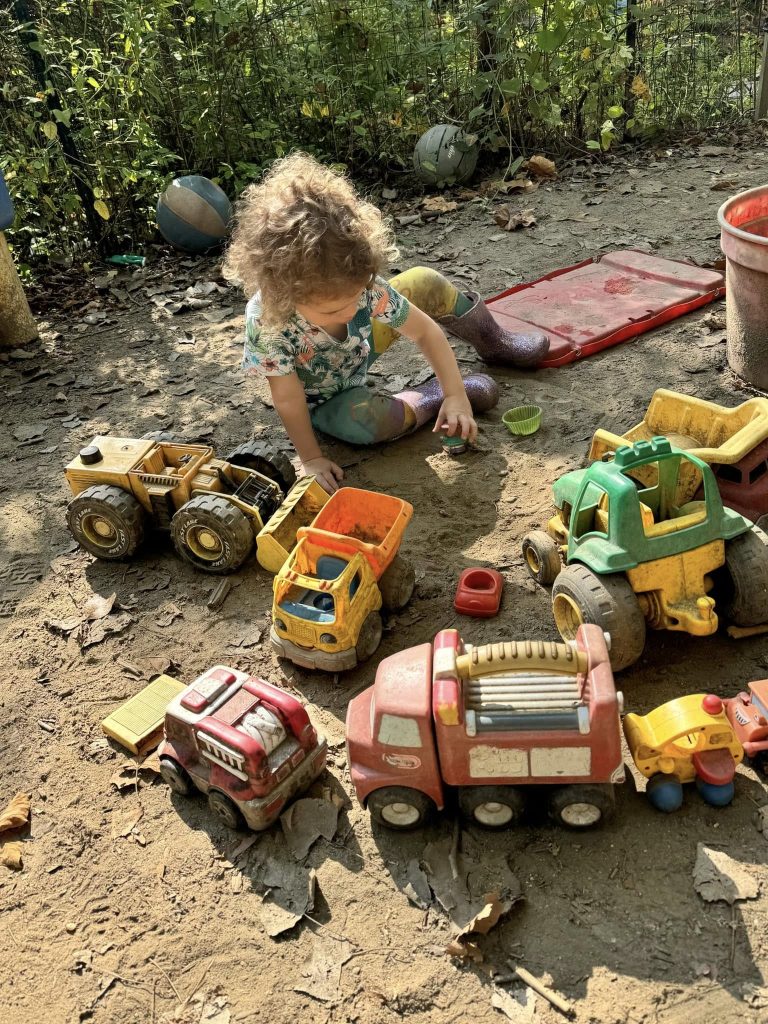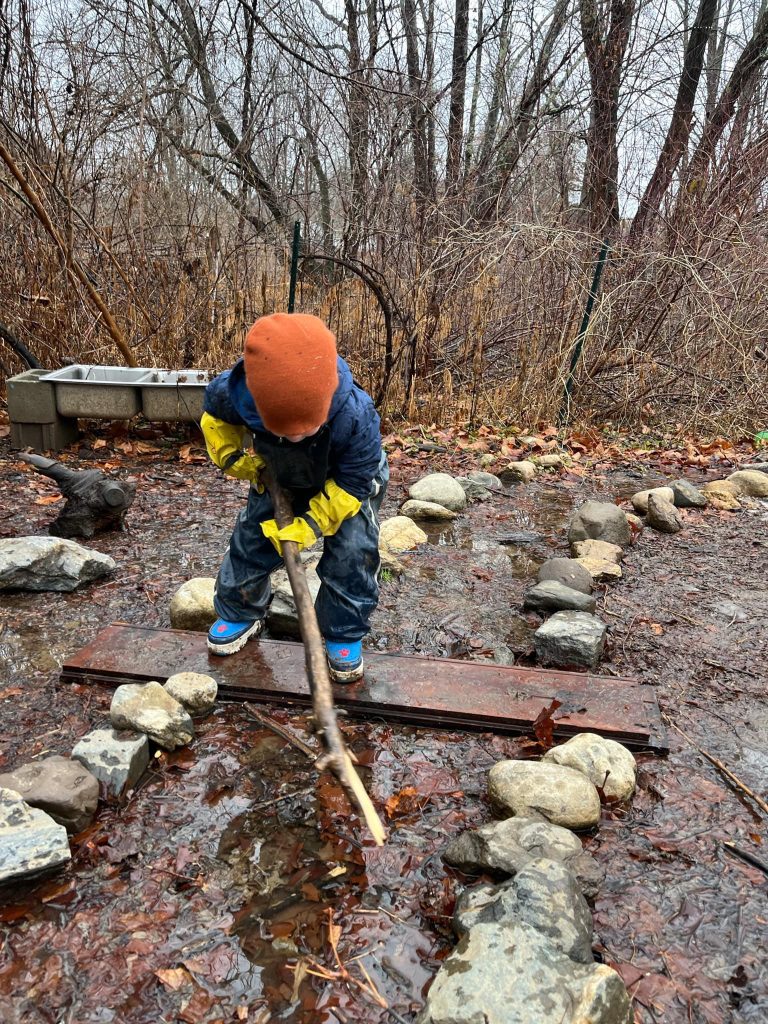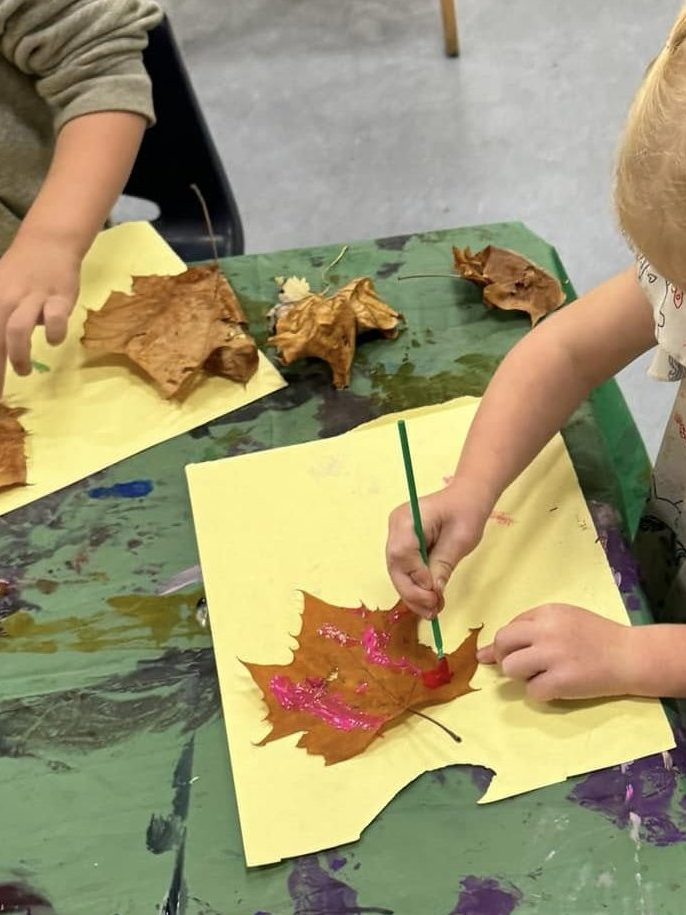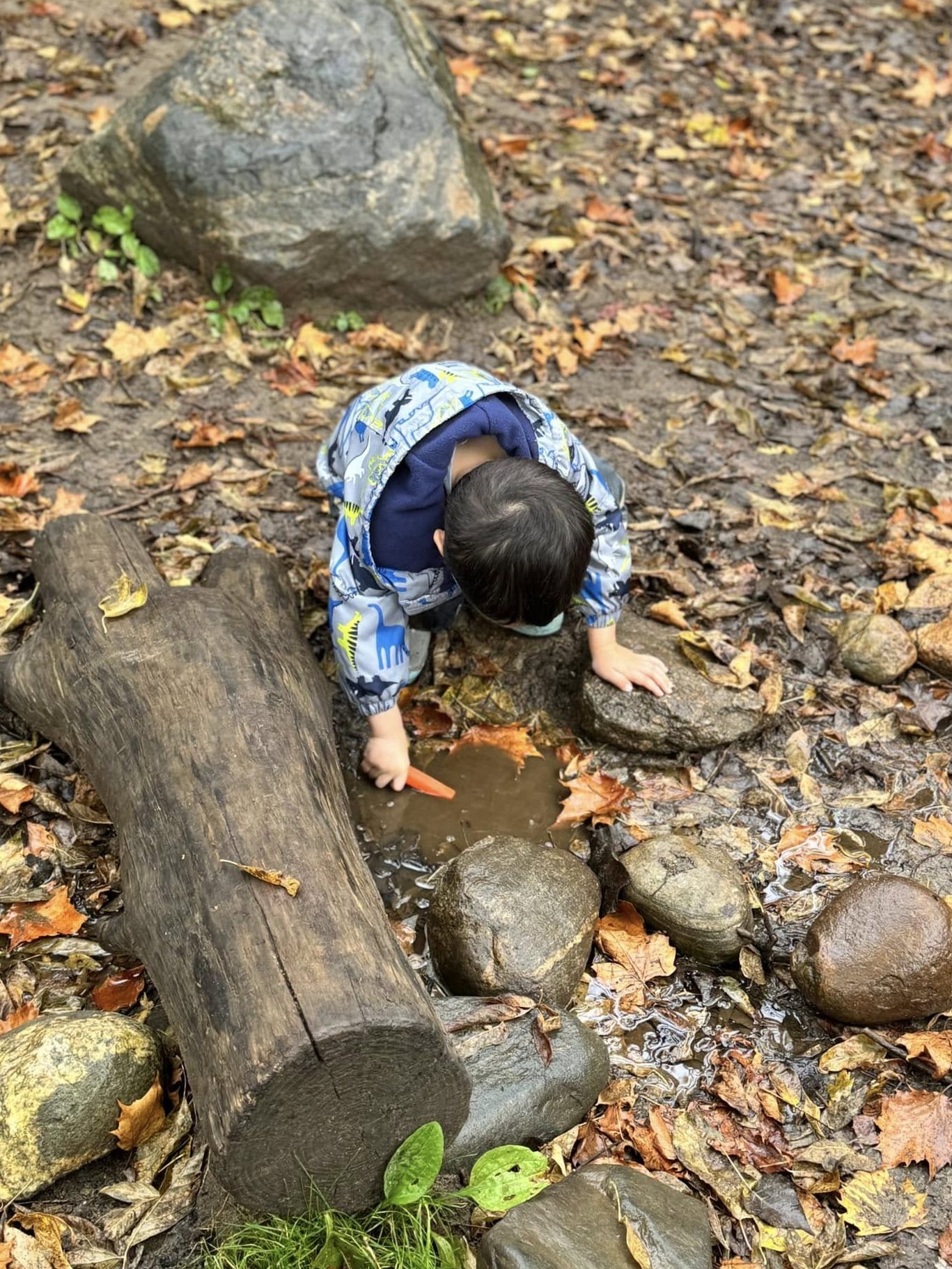Welcome to the Birch Room!
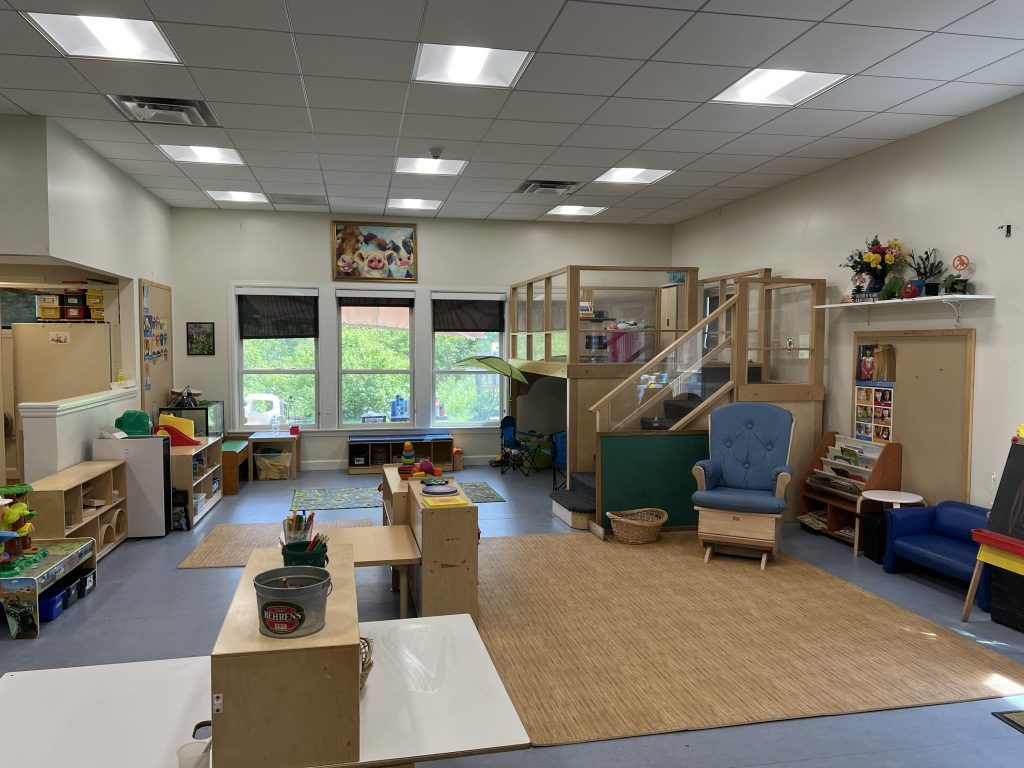
Meet the Birch Team!
Photo coming soon 🙂
The Birch classroom has been designed to welcome the very youngest of our preschool-aged students. Our classroom typically receives students moving from the Mulberry Room (as they age from being toddlers to being preschoolers) as well as those new students who will be 2.9 through about 3.5 as of September 1st. We do not move students mid-year; this group will be together from September through the following summer.
The curriculum and space in “Birch” has been designed with these youngest preschoolers in mind. The students coming into the Birch room do not have to be potty-trained. We have a bathroom space designed specifically for encouraging successful toilet-training with tiny toilets and large spaces for the teachers to help with changing. The Birch classroom is also designed for successful napping with room darkening shades, white noise, and comfy cots for rest.
The 2.9 and young 3-year-old age is a time of rapid growth and learning. The focus in the Birch room is to give the children a strong foundation of social-emotional, gross motor, language, and self help skills for future academic and social success. In the Birch classroom we learn through play with a hands-on, nature-based approach. Our classroom allows for the students to be introduced to the routine and structure of a preschool classroom with a daily circle time, story time, and student-interest based thematic curriculum that is geared toward what is developmentally-appropriate for our youngest of learners.
A large part of the Birch day is spent outside exploring and learning in our vast nature-based playground. We typically play outside at least twice daily in all weather as long as it is safe to do so. The Birch children will typically spend between 3-5 hours outside a day playing in the water in the summer or sledding and building snowmen in the winter. Curriculum is linked closely to what the children are observing in their environment, whether it be hatching monarchs in late summer, gardening in the spring, investigating water in all states in the winter, and exploring all of the vast changes in the fall with animals and plants preparing for winter.
